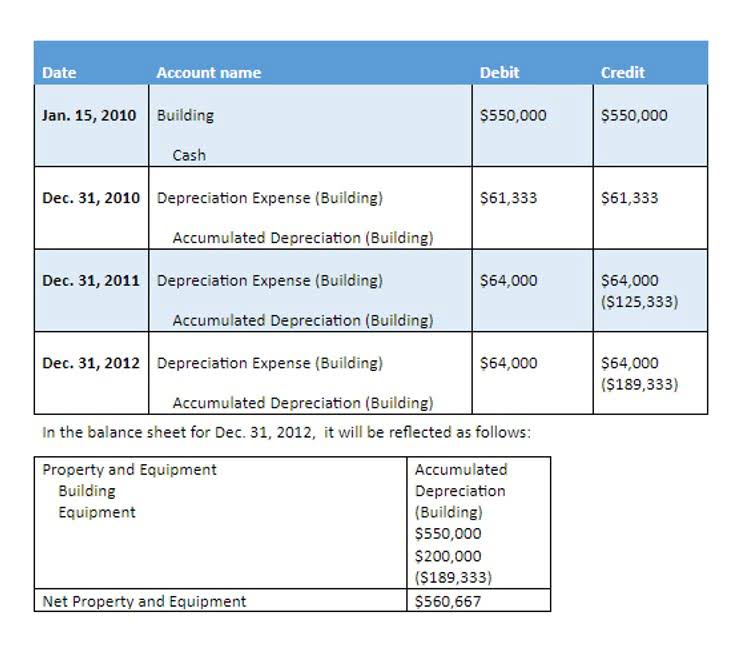
Rendi ogni tuo evento unico e speciale con noi.

Rendi ogni tuo evento unico e speciale con noi.

The answer to the second question—regarding the amount to be paid—clearly impacts assessments of solvency and earning power. The signing of a labor contract between a firm and an individual does not cause the firm to recognize a liability. Rather, the liability is recognized when the employees perform services for which they have not yet been compensated. Liabilities are probable non-ownership claims against a business firm. Liabilities must arise from events that occurred in the past and are expected to be satisfied in the future.
Deferred revenue indicates a company’s responsibility to deliver value to its customers in the future and helps provide a clearer picture of the company’s long-term financial obligations. You can calculate your total liabilities by adding your short-term and long-term debts. Keep in mind your probable contingent liabilities are a best estimate and make note that the actual number may vary.

Below is a current liabilities example using the consolidated balance sheet of Macy’s Inc. (M) from the company’s 10-Q report reported on Aug. 3, 2019. One of the simplest ways to think about liabilities is that they’re a kind of third-party funding. You would use this funding to purchase business assets and fund other areas of your operations. Other balance sheets are presented using the report-form method, which is the most common method of balance sheet presentation.

Different types of liabilities are listed under each category, in order from shortest to longest term. Accounts payable would be a line item under current liabilities while a mortgage payable would be listed under long-term liabilities. However, if one company’s debt is mostly short-term debt, it might run into cash flow issues if not enough revenue is generated to meet its obligations. It is helpful for business owners to prepare and review balance sheets in order to assess the financial health of their companies. Businesses should be wary of companies that have large discrepancies between their balance sheets and other financial statements.
Accrued Expenses are expenses that a company has incurred but not yet paid. These expenses are recorded in the income statement and the corresponding what are the liabilities in accounting liability is reported in the balance sheet. Examples of accrued expenses include wages payable, interest payable, and rent expenses.
This is why it’s critical to understand the differences between current and long-term liabilities. Plus, making sure that they get recorded properly on your balance sheet is just as important. When it comes to short-term liquidity measures, current liabilities get used as key components.
The ratio, which is calculated by dividing current assets by current liabilities, shows how well a company manages its balance sheet to pay off its short-term debts and payables. It shows investors and analysts whether a company has enough current assets on its balance sheet to satisfy or pay off its current debt and other payables. Banks, for example, want to know before extending credit whether a company is collecting—or getting paid—for its accounts receivable in a timely manner. The current ratio measures a company’s ability to pay its short-term financial debts or obligations. It shows investors and analysts whether a company has enough current assets on its balance sheet to satisfy or pay off its current debt and other payables. A liability is something that a person or company owes, usually a sum of money.
For example, if the company wins the case and doesn’t need to pay any money, the company doesn’t incur the contingent liability. However, if the company loses the lawsuit and needs to pay the other party, the contingent liability takes effect and the company must cover it. Balance sheets are important financial statements that provide insights into the assets, liabilities, and shareholders’ equity of a company. The quick ratio is the same formula as the current ratio, except that it subtracts the value of total inventories beforehand.
